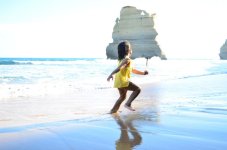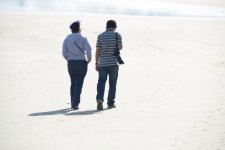dhie20
Senior Member
Hi All,
I always have a problem when shooting during bright sunlight, for example, at the beach.
I can't take the background and the subjects at the same time. If I focuse on the subject, the background will be overexposed (too bright to be seen), and if try to get the background, the subject will be underexposed (too dark/silhouette). I usually use lower ISO at 100, shorter shutter speed (below 1/60) to get kid movement. Since I want to get better focus on subject and a little bit blur on background, I use larger aperture. Please I need advice to make my wife happy when taking outdoor & beach photographs. :very_drunk:
I always have a problem when shooting during bright sunlight, for example, at the beach.
I can't take the background and the subjects at the same time. If I focuse on the subject, the background will be overexposed (too bright to be seen), and if try to get the background, the subject will be underexposed (too dark/silhouette). I usually use lower ISO at 100, shorter shutter speed (below 1/60) to get kid movement. Since I want to get better focus on subject and a little bit blur on background, I use larger aperture. Please I need advice to make my wife happy when taking outdoor & beach photographs. :very_drunk:
Last edited by a moderator:



